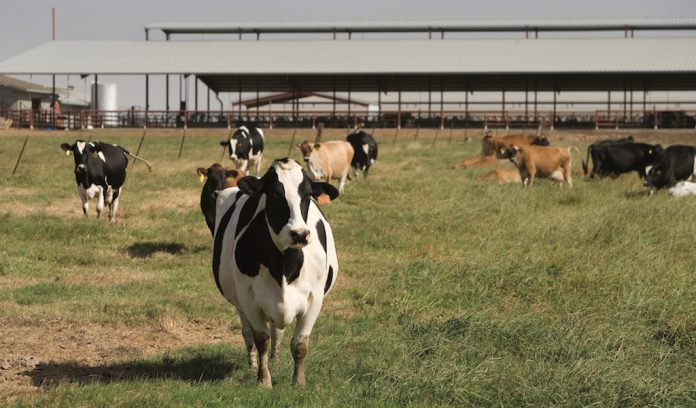SALEM, Ohio — California dairy producers are awaiting the USDA’s final proposal of a Federal Milk Marketing Order system for the state.
If California becomes a part of the federal order system, it would bring an additional 20 percent of national milk production under federal regulations.
“Congress wants California to come into a federal order,” said Geoffrey Vanden Heuvel, Milk Producers Council board member and economics consultant. “They want all milk in the country in the same system.”
California
So why isn’t California already a part of the Federal Order system? Because of its isolated geography.
When Federal Milk Marketing Orders (FMMO) were created in the 1930s, milk was not moving across the state line, explained Heuvel. California didn’t qualify for the FMMO, so it developed a state order.
“When (farmers) sold to XYZ milk factory in town, (they) got a price based on that factory’s sale of milk,” he said. Factories with bottle milk sales would pay more for Class I milk (fluid use) than Class III (cheese) milk, which they could potentially use to leverage farmers.
There was a lot of abuse, said Heuvel, so in the ’60s, there was a significant modification to the state order, and a market-wide pool was developed to protect farmers and guarantee them a fair market price for all of their milk, no matter the end use.
Quota
California also has a quota system that farmers can buy into, which gives those farmers a little more money for their milk. The quota system created a billion dollar asset to California’s dairy industry that they don’t want to lose, explained Heuvel.
“Congress made an exception: California can come into the (Federal Order) program and it would still recognize the quota system,” he said.
Last summer, California milk producers came up with a revised Quota Implementation Plan that will work with the federal order program.
Milk producers voted overwhelmingly to pass the quota, explained Heuvel. In December, 87 percent of eligible producers voted for the plan, which represents over 90 percent of the total market milk volume.
Final decision
Once the USDA publishes its final federal order rules for a FMMO for California, producers will still have to vote yes or no on whether to accept these rules and join, explained Heuvel.
Ohio
But what does that have to do with Ohio milk production?
According to Mark Stephenson, director of dairy policy analysis at the University of Wisconsin-Madison, California joining the Federal Order system will not have a direct impact on the Ohio dairy industry, but it could indirectly affect pricing across the federal order system.
“Nothing in the dairy industry takes place in a isolated way,” he said.
For example, if California cheese plants decide the federal order system pricing for Class III milk is too high, they may decide they are paying into the pool more than they are getting out. “Cheese production plants may decide California is not a good place to make cheese,” said Stephenson, which could lead to a potential price increase.
“The bottom line is, anything you do that impacts the level of prices that is in place — either positive or negative — will change milk production and dairy product manufacturing and that kind of trickles out across the country,” said Stephenson.










